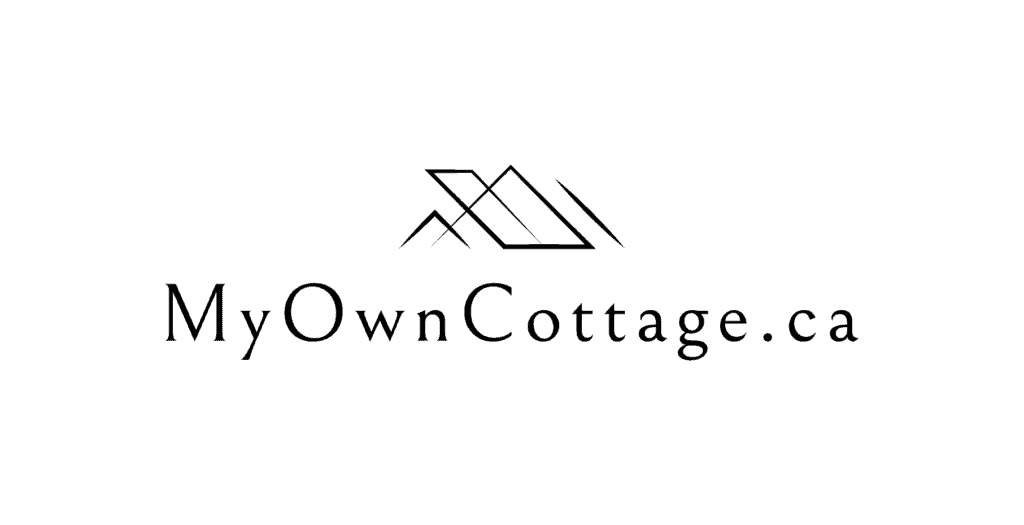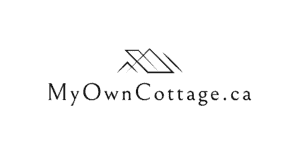Are Prefab Cottages in Ontario Suitable for Aging in Place?
Are prefab cottages in Ontario suitable for aging in place?
Learn how prefab designs support retirees with accessible layouts and expert planning tips.
Are Prefab Cottages in Ontario Suitable for Aging in Place?
Yes, prefab cottages in Ontario are suitable for aging in place when designed with accessibility features such as single-level layouts, zero-threshold showers, and wider doorways.
They can be built to align with universal design principles even though the Ontario Building Code doesn’t mandate full accessibility for private homes.
Many Ontario builders also follow CSA A277 standards, ensuring consistent quality and safety in factory-built housing.
As Ontario’s population ages and housing priorities shift toward sustainability, comfort, and long-term accessibility, many retirees are asking: Can a prefab cottage be my forever home?
The answer is increasingly yes.
Is a Prefab Cottage a Good Retirement Home Option in Ontario?
With advancements in prefab building techniques and a new focus on barrier-free design, these homes are becoming the perfect solution for aging in place.
This guide explores how prefab cottages offer retirees in Ontario a practical, cost-effective, and highly customizable alternative to traditional construction.
All while also supporting safety, dignity, and independence.
Why Ontario Retirees Are Choosing Prefab for Aging in Place
Over the past decade, prefab cottages have evolved from seasonal cabins into fully insulated, high-quality homes that can serve as year-round residences.
But the best part?
They’re increasingly being designed with long-term accessibility in mind.
Aging in Place According to Statistics Canada
According to Statistics Canada, by 2030, one in four Canadians will be over the age of 65.
That’s driving demand for retirement-ready prefab homes that offer both comfort and security without sacrificing design or natural beauty.
“Our clients in their 60s and 70s aren’t just buying a cottage—they’re investing in their future,” says Erin Cole, a Certified Aging-in-Place Specialist (CAPS). “Prefab gives us the freedom to build smarter, safer, and with more attention to detail than many stick-built homes.”
Unlike traditional homes that may require costly retrofitting down the line, prefab cottages from leading Ontario cottage builders—like Myowncottage.ca—can be customized from day one.
Importantly, this means they come with built-in features that prioritize mobility and safety.
Accessible Cottage Design Features You Can Customize
Modern prefab cottages are built in a controlled environment, allowing precision that supports advanced design integration—especially when it comes to aging-in-place.
Common accessibility features include:
Single-floor floor plans (no stairs or split-levels)
Wide entry doors and interior doorways (accommodating walkers or wheelchairs)
Zero-threshold showers and slip-resistant flooring
Lever-style faucets and handles
High-performance windows for better insulation and natural light
Smart home tech: voice-controlled lighting, thermostat, and security
Some buyers also opt for secondary guest houses on the same lot for visiting family or future caregivers—made possible by flexible zoning laws and compact square foot designs.
🡆 Be sure to compare Prefab Cottage vs. Traditional Cottage in Ontario: Which is Right for You?
Ontario Building Code: Accessibility Considerations
The Ontario Building Code (OBC) does not require accessibility features in private single-family homes like cottages.
However, many prefab builders voluntarily adhere to universal design principles—especially when the client is planning to age in place.
At My Own Cottage, for example, free design consultations include a walk-through of the client’s future mobility needs—ensuring peace of mind from the start.
Compliance with barrier-free guidelines may not be mandated, but it’s often prioritized for long-term livability.
🔍 Pro Tip: Always verify with your local municipality to check if your building plans meet specific local accessibility requirements, especially if you’re modifying an existing cottage.
Designing a Retirement-Ready Cottage
What truly sets prefab cottages apart for aging in place is the level of planning and customization involved.
What Experts Recommend:
Smarter Floor Plans: Open-concept living space allows easy navigation.
Natural Light: Floor-to-ceiling windows promote mood and visibility.
Home Office or Hobby Room: Flexible spaces help retirees stay mentally and socially engaged.
Energy Efficiency: Prefab homes often include passive house elements, such as tight envelopes and energy recovery ventilation.
“Retirement planning isn’t just financial—it’s spatial,” says Jill Harlow, an occupational therapist specializing in home safety for seniors. “A prefab cottage can become a high-functioning, low-maintenance hub for independent living.”
These cottages are often delivered with fewer construction delays, offering faster construction than traditional homes—and without compromising quality.
Explore Barrier-Free Floor Plans for Long-Term Comfort
Whether you’re planning a vacation home that eventually becomes your primary residence or downsizing from your new home in the city, selecting the right prefab home model is crucial.
Look for floor plans that feature:
Large main bedroom with ensuite bath
Walk-in showers
No-lip transitions between rooms
Integrated outdoor space like decks with ramp access
Dining room and living room merged for easy flow
Prefab homes typically offer cost savings on square footage—so retirees can invest in finishes or features that improve daily comfort.
Choosing the Right Builder: Why Trust Matters
Choosing a prefab builder isn’t just about getting the best price.
Rather, it’s about excellent support, customer service, and delivering a high quality product that stands the test of time.
✔ Look for:
Builders who publish credentials and certifications
Case studies or testimonials from aging-in-place clients
Clear disclosure on additional costs or change orders
Transparent construction process documentation
🡆 Suggested: Book a free consultation for senior-friendly cottage designs.
Final Thoughts: Build Your Perfect Home, Your Way
Prefab cottages in Ontario are no longer just compact seasonal escapes—they are smart, sustainable homes that can adapt as your needs evolve.
With thoughtful planning, a unique structure, and the right team, you can build your dream home.
This is a place that supports independence, health, and joy in every season of life.
✅ Ready to design a cottage that supports aging in place with confidence?
Book a free consultation or call us directly today to speak with a prefab specialist at My Own Cottage.
🧑💼 Request a Free Consultation
📲 Call Us Directly: (705) 345-9337
✅ Ontario-Built | ⚡ Energy-Efficient | 🏡 Fully Customizable | 🚚 Fast Delivery
Alternatively, for your convenience, you can also simply fill out the contact form below and we’ll get back to you soon! 👇
❓ FAQ: Are Prefab Cottages in Ontario Suitable for Aging in Place?
Are prefab cottages in Ontario suitable for aging in place?
Yes, prefab cottages in Ontario are highly suitable for aging in place when designed with accessibility in mind—featuring single-level layouts, zero-step entries, wide doorways, and customizable safety features that meet universal design principles.
What is the best home design for aging in place?
The best design includes single-story living, wide halls and doorways (36″+), barrier-free bathrooms, non-slip flooring, lever handles, and future-ready features like reinforced walls for grab bars—core elements of universal design endorsed by CMHC and aging-in-place experts.
How much does it cost to build a prefab cottage in Ontario?
Prefab cottages in Ontario typically cost $250 to $400 per square foot, with aging-in-place models ranging from $225,000 to $360,000 for a 900 sq/ft home—excluding land and permits. Custom features may increase upfront costs but reduce long-term care expenses.
Are prefab homes legal in Ontario?
Yes, prefab homes are fully legal in Ontario and must meet the CSA A277 standard for factory-built structures. As long as your home complies with local zoning bylaws and the Ontario Building Code, it’s approved for permanent residential use.
What accessibility features can you include in a prefab cottage?
Prefab cottages can include:
Zero-threshold showers and entries
Wider doors and hallways for mobility aids
Slip-resistant flooring
Adjustable counters and grab bars
Smart tech controls for lighting, temperature, and security
These features are often integrated during the design phase for long-term comfort and safety.
How long does it take to build a prefab cottage in Ontario?
Most prefab cottages take 8 to 16 weeks from factory production to on-site assembly—significantly faster than traditional construction. This reduces delays from weather and labor shortages, ensuring quicker occupancy.
Can you build a prefab cottage on an existing property in Ontario?
Yes, you can build on an existing property if zoning permits. Many Ontario municipalities allow accessory dwelling units (ADUs) or secondary suites, which are ideal for caregivers or multigenerational living.

